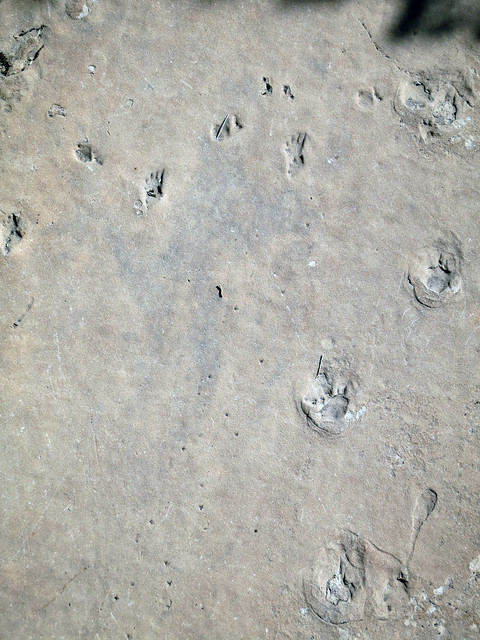 |
| Colorado River - August, 2012 (N. Rakha) |
In most stories that include a guru or two, one climbs to the top of the mountain to reach nirvana. At the Grand Canyon, one descends five thousand feet to where Zoroaster Granite and Vishnu Schist, the 1.8 billion year old roots of the American West, have been twisted and folded into a labyrinth that defies description. But just as beguiling as the rocks and water, is the inner canyon's remoteness.
Before that 1996 trip, Park Service Rangers made sure we had at least one emergency communications devise safely stowed away on the raft. That high-tech piece of gear was a mirror, three inches by five. Our emergency plan, should we have gotten into trouble, was to reflect the sun's rays onto passing jets flying some 25,000 over the canyon.
Nirvana.
My experience as the Grand Canyon Artist in Residence would not be complete without descending back to that canyon floor in the quiet of my own thoughts. Art is a human being's attempt to reconcile themselves with the world. To interpret life in ways that pose questions as well as give meaning. To feed the imagination and the soul. It is one of the finer things we do as humans, and every bit of it—the music, paintings, sculptures, weavings, poems, essays, stories, and plays—is all built on what that artist has seen or heard or smelled or tasted or felt—emotionally and spiritually.
Which is why I am so indebted to the Grand Canyon Park Service. In the past three weeks I have been deeply moved by my experience of this grand place. Each sunrise and sunset, each snow fall, and site of the indifferent and steadfast canyon walls, each conversation has filled the well that I dip into to write. And I am thankful that in this day and age, when art is sometimes disregarded, our National Park Service says artists have a role in helping people better appreciate and understand place.
So tomorrow I go down to the bottom of the canyon. All on my own. No sherpa. No mule. I will spend three days there, painting, taking pictures, hiking and writing. On Tuesday, I will hike back up, and then on Thursday I will do something really hard. I will pack my car, and leave. And I'll tell you what, I already know I will be crying. I already have cried. But its those good kind of tears. The ones that come from a place that is very, very full and grateful.
I will not be posting while I am down in the canyon. In nirvana, there is no internet.
-Naseem Rakha 2/23/13
 |
| Middle Granite Gorge, Colorado River about mile 125 Aug, 2013 (N.Rakha) |








